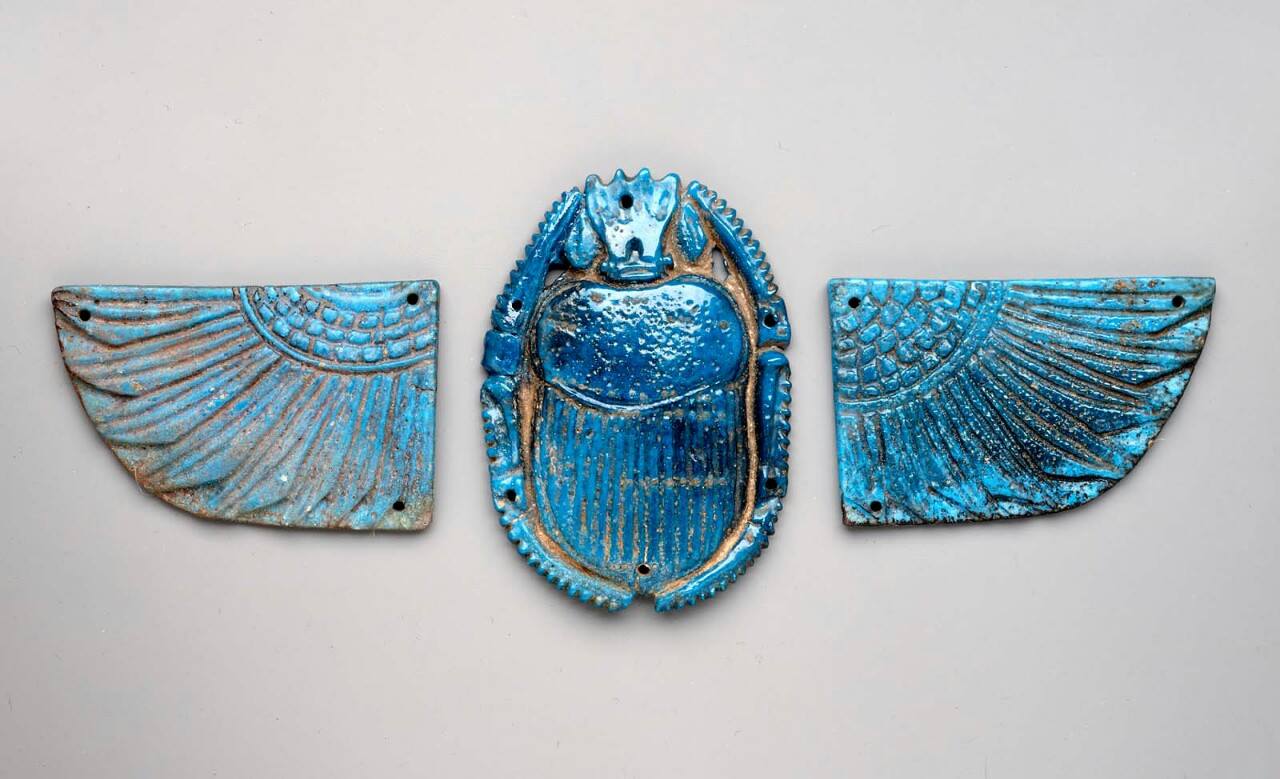
Ever wondered about the tiny creatures that held immense significance in ancient Egypt? Yes, I'm talking about the scarab beetles. These little bugs were more than just insects to the Egyptians; they were symbols of rebirth and regeneration, deeply embedded in the culture and mythology of one of history's most fascinating civilizations. Why did ancient Egyptians revere scarab beetles so much? Well, it's all tied to their mythology and the way these beetles roll dung into balls, which reminded them of the sun's movement across the sky. Intrigued? Let's dig into some astonishing facts about these sacred beetles that might just change the way you look at these hard-shelled insects. From their role in ancient rituals to their surprising presence in modern times, scarab beetles have a story worth knowing.
What Is the Egyptian Scarab Beetle?
In ancient Egypt, the scarab beetle was more than just a common insect. This creature, resembling the dung beetle, held significant symbolic meaning and was revered in Egyptian mythology and religion. Scarabs were associated with the sun god Ra, as their behavior of rolling balls of dung across the ground was likened to Ra’s role in rolling the sun across the sky. This connection made scarabs symbols of rebirth, transformation, and protection.
- Scarabs were often carved into amulets and seals, serving both as protective talismans and as tools for stamping or sealing documents.
The Symbolism Behind the Scarab Beetle
The symbolism of the scarab beetle in ancient Egypt is deeply rooted in its daily appearance and behaviors, which the Egyptians saw as a reflection of the celestial cycle and their spiritual beliefs.
-
Egyptians believed that the scarab beetle pushing its ball of dung mirrored the journey of the sun across the sky, symbolizing the cycle of life, death, and rebirth.
-
Scarab amulets were commonly placed over the hearts of mummies to protect them in the afterlife and ensure their rebirth.
Varieties of Scarab Amulets
Scarab amulets were not a one-size-fits-all accessory. These artifacts varied greatly in size, material, and purpose, reflecting their importance in daily and spiritual life.
-
Materials used for scarab amulets included precious stones, metals, and ceramics, each chosen for its symbolic significance and beauty.
-
Some scarabs were inscribed with the names and titles of their owners, serving as personal identifiers and symbols of status.
The Role of Scarabs in Ancient Egyptian Religion
Scarabs held a pivotal role in the religious practices and beliefs of ancient Egyptians. They were not only symbols but also integral to rituals and the conceptualization of the afterlife.
-
Priests often used scarab amulets in funerary rites, invoking the protective and regenerative powers of the scarab to benefit the deceased in their journey to the afterlife.
-
The heart scarab, a large scarab placed on the chest of the mummy, was inscribed with a spell from the Book of the Dead, intended to prevent the heart from testifying against the deceased during the final judgment.
The Scarab and Egyptian Art
Scarab imagery permeated Egyptian art, from jewelry to monumental architecture, showcasing the cultural significance and aesthetic appreciation of this symbol.
-
Scarab motifs were prevalent in jewelry design, often crafted from gold and inlaid with semi-precious stones, reflecting their status as objects of beauty and power.
-
In architecture, scarabs were depicted in temple reliefs and paintings, symbolizing the sun's journey and the pharaoh's divine connection to the gods.
Scarabs in Modern Times
The fascination with scarab beetles has transcended ancient Egyptian culture, influencing modern art, jewelry, and popular culture, showcasing the enduring legacy of these ancient symbols.
-
Today, scarab beetle jewelry remains popular, inspired by ancient designs and often imbued with meanings of renewal and protection.
-
Museums around the world display collections of scarab amulets, offering insights into their historical significance and the craftsmanship of ancient Egyptian artisans.
-
Scholars and enthusiasts continue to study scarabs, uncovering new information about their role in ancient Egyptian society and their impact on subsequent cultures.
Piecing Together Ancient Mysteries
Diving into the world of ancient Egypt, we've uncovered some fascinating facts about the scarab beetle, a symbol that's as rich in meaning as it is in history. These creatures weren't just bugs to the Egyptians; they were powerful amulets, representing creation, protection, and transformation. From being used in jewelry to being placed in the tombs of the dead, scarab beetles served as a reminder of life's cyclical nature and the possibility of rebirth. Their significance in agriculture, as natural recyclers, further cemented their status as symbols of regeneration. Understanding these facts gives us a glimpse into the ancient Egyptian mindset, where nature and spirituality were intricately linked. It's clear that the scarab beetle was more than just an insect; it was a key player in the spiritual and daily life of one of history's most intriguing civilizations.
Was this page helpful?
Our commitment to delivering trustworthy and engaging content is at the heart of what we do. Each fact on our site is contributed by real users like you, bringing a wealth of diverse insights and information. To ensure the highest standards of accuracy and reliability, our dedicated editors meticulously review each submission. This process guarantees that the facts we share are not only fascinating but also credible. Trust in our commitment to quality and authenticity as you explore and learn with us.


